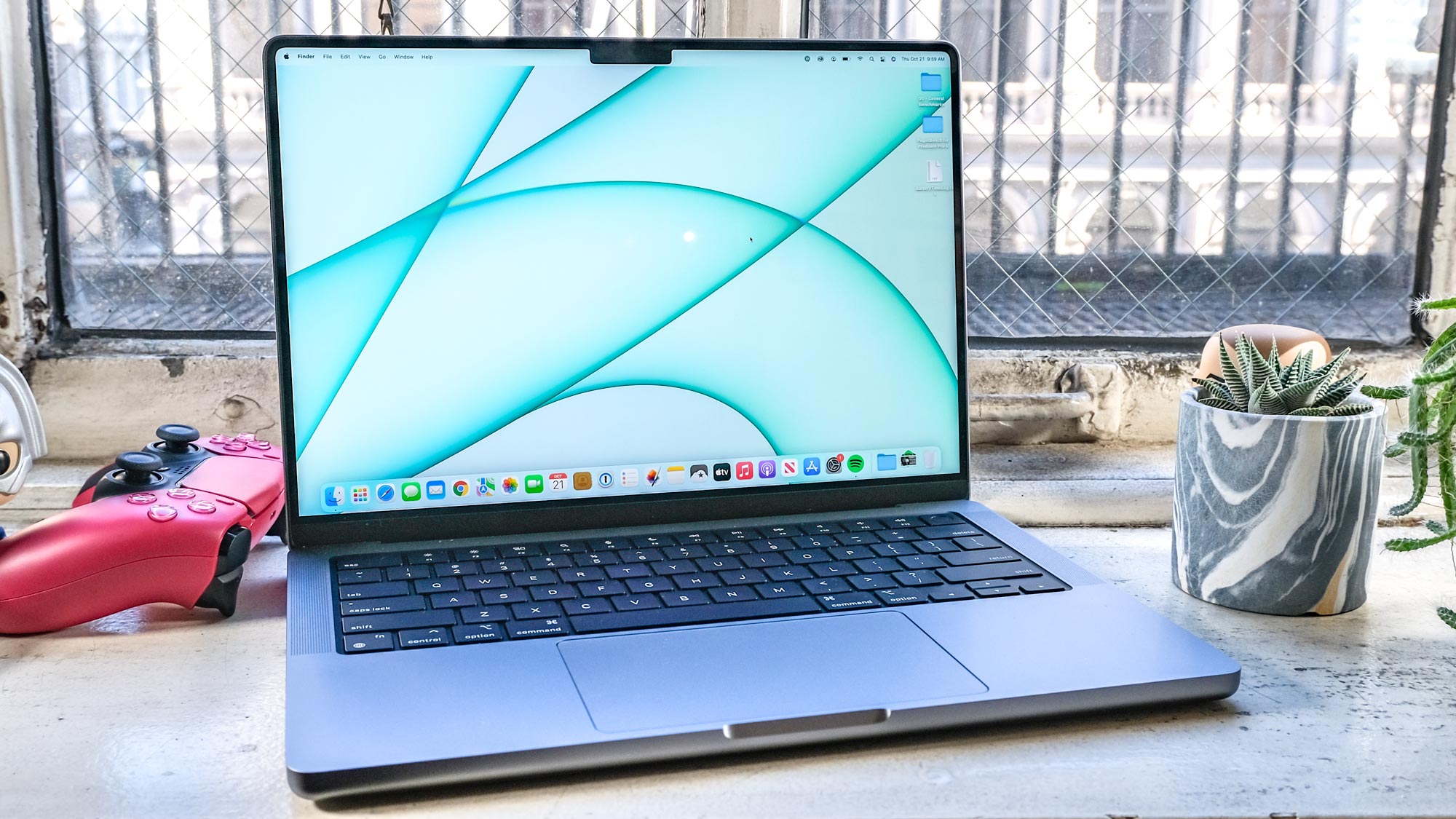You might want to avoid MacBook Pro self-repair — here's why
Apple's MacBook Pro self-repair system is under fire from iFixit

Apple’s Self Service Repair Program is still pretty new, but it’s already expanding. Just recently the company added support for M1-powered MacBooks, letting people repair any issues without necessarily paying for an official repair. Unfortunately the repair-experts at iFixit have some harsh words about how the MacBook Pro’s self-repair is set up.
As iFixit notes, Apple officially started letting Mac owners order parts and guides from the Self Service Repair Store on August 23 — which is good news, right? However, in a weird twist, iFixit claims that the new self-repair program makes the MacBook Pro seem less repairable than it was before.
iFixit notes that repairing electronics requires three things: the correct parts, tools and the knowledge to actually make that fix. That last part is usually reliant on guides, either crowd-sourced offerings like those from the iFixit community, or official ones from the manufacturer.
Apple repair guides are generally quite good, according to iFixit, citing the new MacBook Air's service manuals as an example. But the MacBook Pro guide is another story. While the MacBook Air guide is in-depth and “mostly logical," the MacBook Pro repair guide is long and intimidating.
Case in point, the manual to replace the 14-inch MacBook Pro’s battery is 162 pages long, with multiple steps per page. Apple also has a very prominent warning, telling users to read the whole thing before they begin and not to attempt any repairs they’re not comfortable with.
It’s all down to the fact that Apple’s instructions have self-repairers go through almost the entire laptop to get to the battery. The steps involve opening the top lip, then the keyboard assembly, and handling a load of other parts before they even reach the battery; Touch ID board, display and display hinge covers, trackpad circuitry, and so on.
Naturally once you’re done with the battery you have to do the whole process in reverse to put your machine back together. That’s followed by system configuration, which matches up part numbers — if things don’t match, those parts might stop working.
Sign up to get the BEST of Tom's Guide direct to your inbox.
Get instant access to breaking news, the hottest reviews, great deals and helpful tips.
To make matters worse, Apple doesn’t sell the MacBook Pro keyboard as a separate part. Instead you need to buy a “Top Case with Battery and Keyboard” for $500. For reference a brand new 14-inch MacBook Pro would set you back at least $1,999.
Apple told iFixit that it will be selling the battery by itself at some point in the future, but there’s no clear indication when that might be. In the meantime you have to pay for some pricey parts and go through what iFixit calls “an excruciating gauntlet of hurdles."
It’s almost enough to make you want to pay up for an official Apple repair, and not have to deal with the pressure of flawlessly dismantling and reassembling an entire laptop by yourself.
This wouldn’t be the first time Apple’s fledgling self-repair program has been criticized. Back in April, when Apple launched its first self-repair iPhone kits, we noted that the process of repairing your phone required expensive equipment and official parts. Not to mention the fact that parts purchased from Apple have to be paired with your phone's IMEI number first.
Considering Apple’s track record with the topic of ‘right to repair’ and moves that seem to try and clamp down on third party repair works, it’s all enough to make you wonder how serious it really is about self-repair work.

Tom is the Tom's Guide's UK Phones Editor, tackling the latest smartphone news and vocally expressing his opinions about upcoming features or changes. It's long way from his days as editor of Gizmodo UK, when pretty much everything was on the table. He’s usually found trying to squeeze another giant Lego set onto the shelf, draining very large cups of coffee, or complaining about how terrible his Smart TV is.
